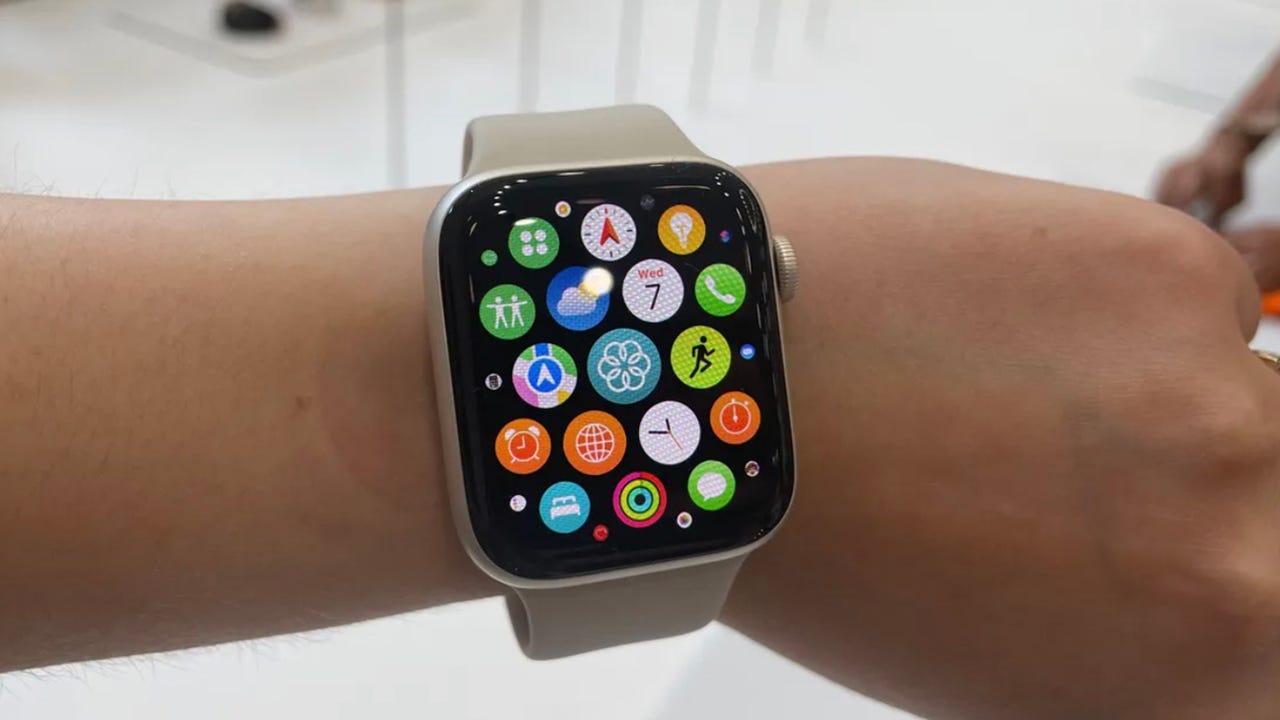Apple wants to start making its own screens for Apple Watch then iPhone

Apple is reportedly planning to begin making its own custom displays for its mobile devices in 2024 in order to reduce its reliance on other suppliers.
According to Bloomberg, Apple will start using its custom displays as early as 2024 and possibly 2025 in a move away from its current mobile device display suppliers Samsung, LG, and Japan Display.
As part of Apple's custom display plan, the company would be making microLED screens in order to upgrade the current OLED screens used in the highest-end Apple Watches by the end of 2024. Eventually, Apple would bring microLED to the iPhone and other devices, according to the report.
The move to microLED for smartphones and Watch-like devies would be a big deal for the industry. MicroLED has been around for a few years but has only featured in large TVs. While offering brighter screens and perfect black, they cost a lot to manufacture.
At CES this month, CNET covered Samsung's 2023 76-inch microLED CX, which it dubbed the "world's smallest and most affordable" MicroLED screen. Its predecessor, dubbed "The Wall", measures 110-inches and came with a $156,000 price tag — well above today's best OLED TVs. LG and Sony also have microLED TV models.
The move to bring display making in-house would be consistent with Apple's recent efforts to reduce reliance on third-party suppliers for key components, such as its shift away from Intel to its own silicon for Macs.
Apple's display plans follow yesterday's report that Apple was planning to replace Broadcom chips used in Apple devices for Wi-Fi and Bluetooth with its own chips.
While Apple largely succeeded with its two-year switch from Intel to its own M1 and M2 chips, Apple hasn't been able to make its own 5G chips for iPhones despite acquiring Intel's 5G business for $1 billion to reduce its reliance on Qualcomm. Today, most of the latest iPhones still use Qualcomm modems and Qualcomm expects to that remain the same for 2023 iPhones.
